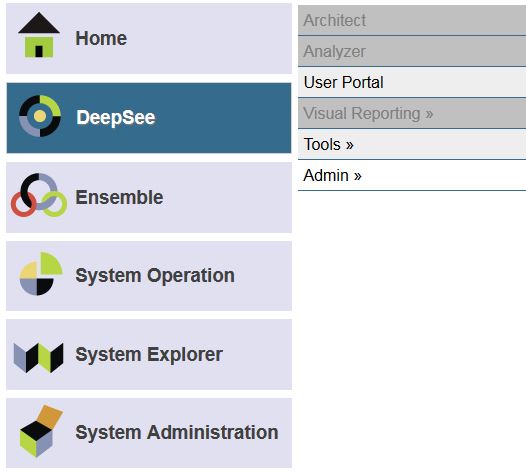I am pleased to announce the field test of Caché and Ensemble 2016.2 - an exciting new release with improvements on many different fronts.
The entire product team at InterSystems looks forward to your participation in the field test and feedback over the coming months.
Some of the more profound changes in 2016.2 include:


 but wait till the next one... ]
but wait till the next one... ]
